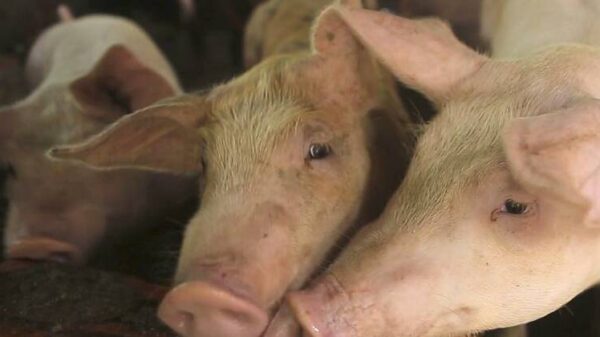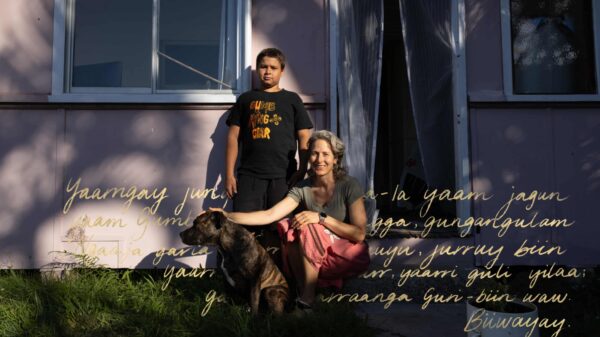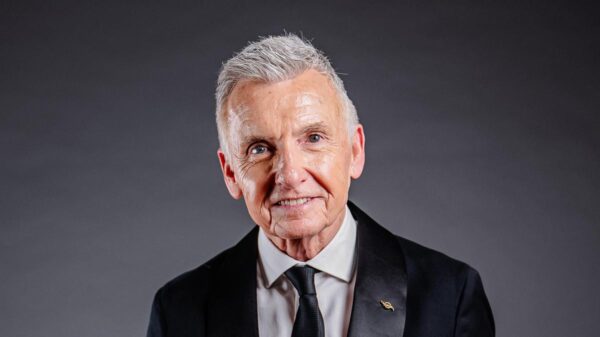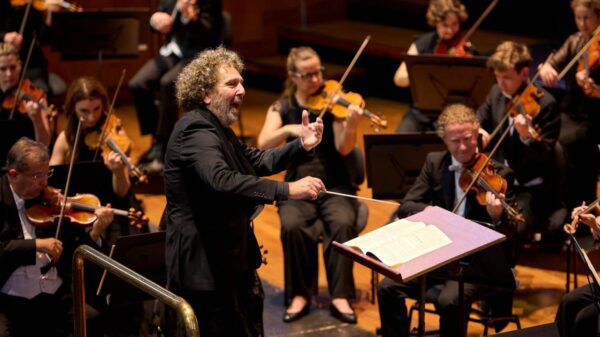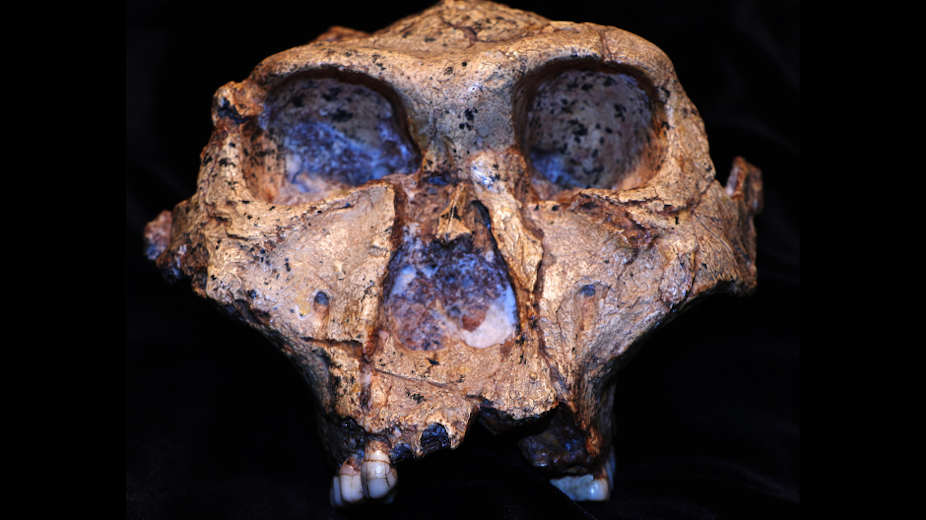Researchers have made significant strides in understanding the ancient hominin Paranthropus robustus, a distant relative of modern humans, through a groundbreaking analysis of 2 million-year-old tooth enamel. This study, conducted by a team of scientists from Africa and Europe, utilized palaeoproteomics to extract ancient proteins, shedding light on the biological and genetic diversity of this species.
Fossils of P. robustus were first discovered in South Africa’s Swartkrans Cave in 1938, yet many questions about their variation and relationship to other hominins remained unanswered. The species, known for its robust build and large teeth, lived between 2.25 million and 1.7 million years ago. It is believed to have been well-adapted for a diet requiring heavy chewing, with its massive jaws and thick dental enamel.
The study aimed to uncover the degree of variation within the species, determining whether size differences were related to sexual dimorphism or indicated multiple species. Limitations in ancient DNA preservation, particularly in Africa’s climate, prompted researchers to explore protein analysis as a viable method for gaining insights into these fossils.
By extracting proteins from the enamel of four P. robustus specimens, the team identified biological sex differences, revealing two males and two females among the fossils. This discovery not only enhances understanding of early human ancestry but also provides some of the oldest human genetic data sourced from Africa.
Understanding Variation in Hominins
The protein sequences analyzed also indicated additional genetic variations among the specimens. Notably, a gene responsible for producing enamelin, a crucial protein for tooth enamel formation, displayed distinct amino acid differences. Two individuals shared an amino acid with modern humans, chimpanzees, and gorillas, while the other two had an amino acid unique to Paranthropus. Intriguingly, one individual exhibited both amino acids, marking a notable example of heterozygosity in ancient proteins.
These findings suggest that the evolutionary history of P. robustus could be more complex than previously thought, with potential implications for understanding the diversity of early hominins. The identification of a mutation that varied within the group indicates that the species might not be as uniform as once believed.
This research highlights the importance of combining morphological studies with palaeoproteomic analysis to enhance the understanding of early hominin relationships. The team plans to further investigate by sampling additional tooth enamel from more P. robustus specimens found at various sites in South Africa.
Preserving Africa’s Fossil Heritage
The research was conducted with a commitment to protecting Africa’s fossil heritage. Minimal sampling of fossils adhered to South African regulations, and local laboratories were involved in the analysis. Many researchers participating in the project hailed from Africa, ensuring that local expertise guided the research agenda from the outset.
As noted by the team, conducting advanced scientific work on African fossils within Africa represents a significant step towards the decolonization of palaeontology. It aims not only to build local capacity but also to ensure that discoveries ultimately benefit the regions from which the fossils originate.
The study was funded by the European Union’s Marie Skłodowska-Curie training network “PUSHH” under the Horizon 2020 research and innovation program, as well as the European Research Council Advanced Grant “BACKWARD” and its Proof of Concept Grant.
As palaeoproteomic techniques continue to evolve, the insights gained from this research could pave the way for future studies that clarify the diversity of early hominins. The complexities revealed within the Paranthropus lineage suggest an exciting frontier for understanding our ancient relatives.










